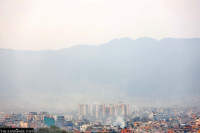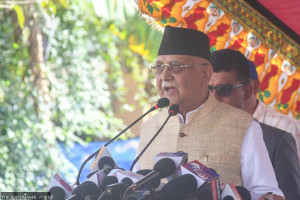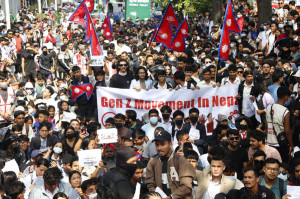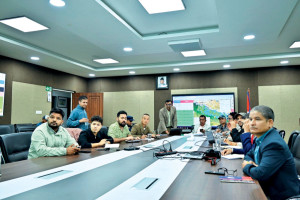Opinion
A looming crisis
There is a real concern that TB would be transmitted to the healthy population residing in the temporary settlements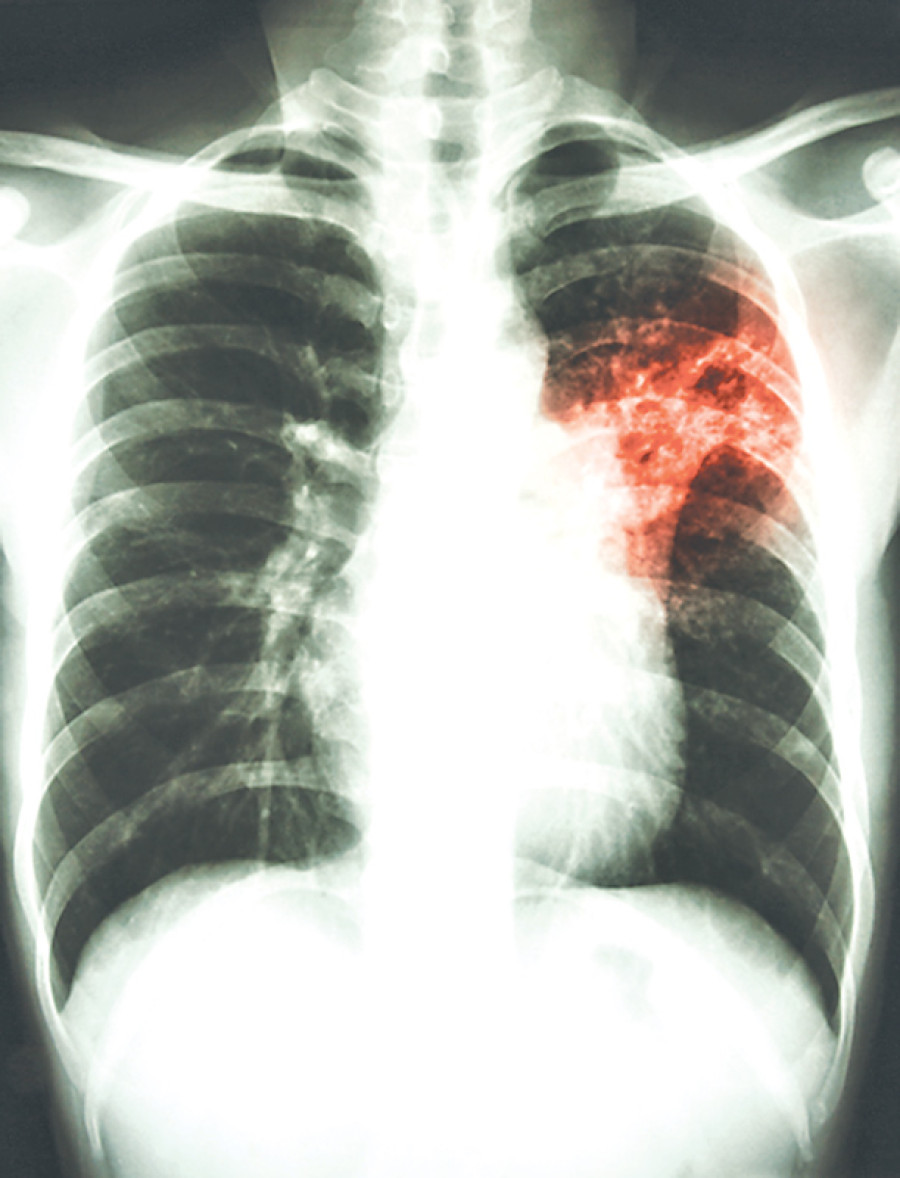
Raz Mohammad Wali
The World Health Organisation (WHO) reported that the ‘ancient’ lung disease tuberculosis (TB) now ranks alongside HIV as a leading cause of death worldwide. Although Nepal is not listed as one of the most at-risk countries because of TB, the devastating earthquakes that hit in April and May 2015 left many individuals displaced and have caused significant problems in getting vital medication to those in need.
The Displacement Tracking Matrix (DTM) done by the International Organisation for Migration (IOM) in November 2015 found that there were 100 temporary settlement camps hosting an estimated 8,207 households (40,706 people). Additionally, many health centres were also damaged or affected by the earthquakes, which meant that service delivery of treatment was severely impacted.
The National TB Programme’s Post Disaster Needs Assessment also found that several patients suffering from the disease were missing, probably displaced by the quake and living in temporary shelters, prompting a real worry that the disease would be transmitted further to the healthy population.
The subsequent fuel crisis that struck the country from September 2015 to February 2016 has also meant that many people inflicted with TB have had difficulties receiving treatment. This is a grave issue as disruption in treatment of TB patients can lead to individuals developing a drug resistant strain of the disease—a growing public health threat outpacing the capacity for the National Tuberculosis Centre (NTC) to respond.
As an airborne infectious disease, if someone who is infected with TB is left untreated, they can infect up to 15 others around them in a year. According to the NTC, 45 percent of the population in Nepal has been infected with TB; 80,000 people are currently suffering from TB and over 40,000 new cases are occurring every year. The highest rates of infection have been found in the most densely populated areas. This implies that those displaced individuals who are currently living in the temporary settlement camps are prone to TB simply because they are forced to live in less-than-optimal conditions, often with poor ventilation, overcrowded, stressful conditions, and inadequate nutrition.
These challenges are real, but the biggest problem we face is reaching to those who live in remote temporary settlement camps located in the high altitudes with poor road access. We are yet to see what the effects of these disastrous disruptions will be if left untouched.
In this backdrop, there are four key issues that are considered crucial to avoid a TB outbreak: Tracing the lost patients and enrolling them in the national TB programme; early detection of TB cases through active screening and enrolling them to DOTS (Directly Observed Treatment Short course); raising awareness on TB at most populated temporary settlement camps; and revitalisation of damaged DOTS/ microscopic centres.
Currently, the IOM, in partnership with the Japan Nepal Tuberculosis and Health Research Association (Jantra), is supporting the NTC in ensuring that the aforementioned key issues are fulfilled. However, with the rapid movement of the displaced populations and the limited resources from the NTC, IOM as well as Jantra, the community surrounding those camps are being mobilised to help.
Since the launch of this programme in September 2015, 113 TB awareness campaigns and orientation sessions have been conducted. These sessions train and educate health workers, female community health volunteers, and active camp volunteers. So far, 243 volunteers have received training on basic TB knowledge, as well as screening processes which are approved by the NTC. Upon receiving their training, staff members then visit temporary settlement camps to raise awareness of TB, and try to reduce stigma.
During the door-to-door visits, the newly trained staffs also screen individuals for TB. About 7,598 individuals have been screened and 841 potential TB patients were identified. Hopefully, the potential suspects can be identified, diagnosed and treated early, before the disease becomes more difficult to control. Sputum samples, a mixture of saliva and mucus, are collected from all TB suspects and are tested. This process has helped to identify and confirm that 18 people were infected with TB. Several chest camps were then established in the temporary settlement camps, where a physician gives treatment for any chest symptoms, such as prolonged coughing and other relevant complaints. When a TB case is confirmed, the patient is then enrolled in the DOTS programme at the nearest treatment centre. But, of course, there is always more to do. The more volunteers we are able to provide orientation to, the more individuals we can access and provide treatment to before it is too late. But the government needs to be alert to this issue as well.
Wali is the Chief Migration Health Physician at the International Organisation for Migration, Nepal




 16.12°C Kathmandu
16.12°C Kathmandu




